#Gaby Morlay
Explore tagged Tumblr posts
Text



Charles Boyer in Le Bonheur (Marcel L'Herbier, 1934).
#Le Bonheur#Happiness#Charles Boyer#Marcel L'Herbier#Michel Simon#Gaby Morlay#French#France#french films#films#cinema#old movies#classic films#old films#pictures#1930s#photography#black and white#film
13 notes
·
View notes
Text
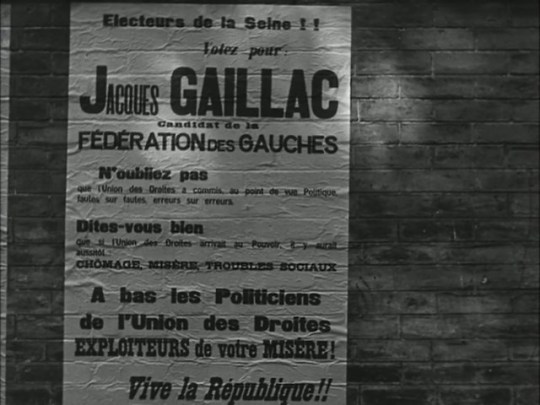
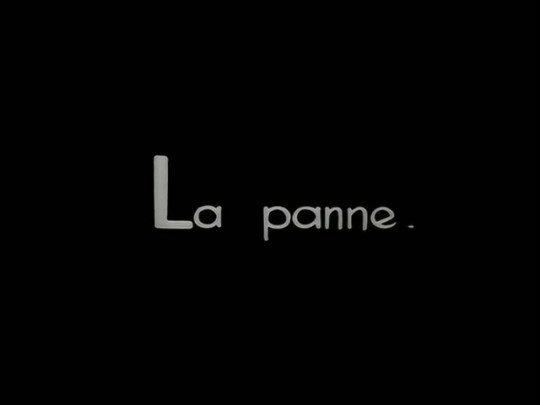
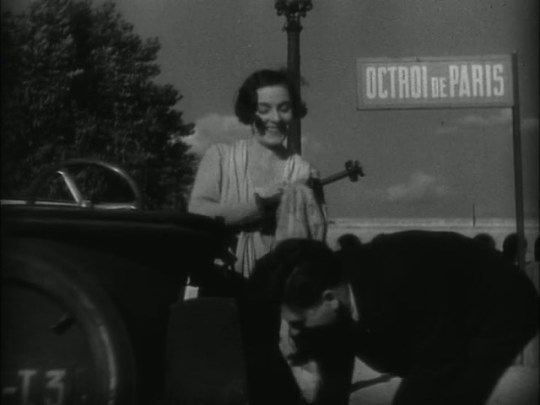
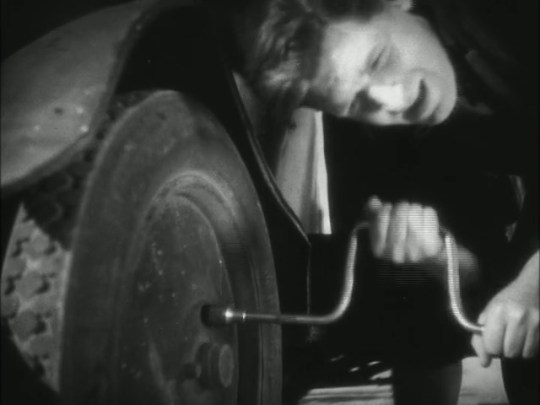

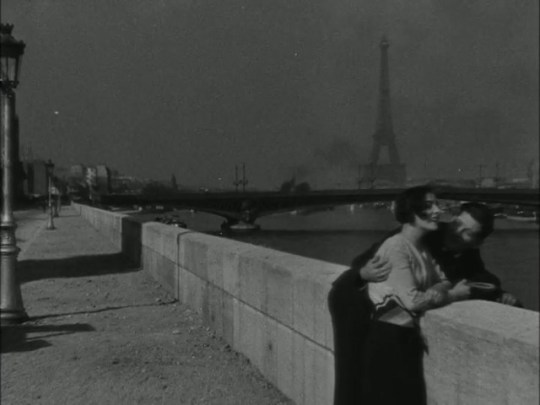
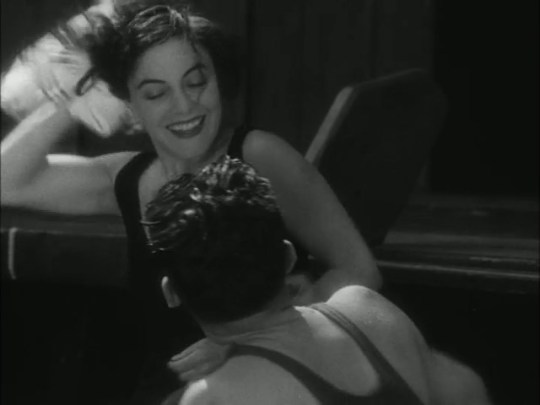
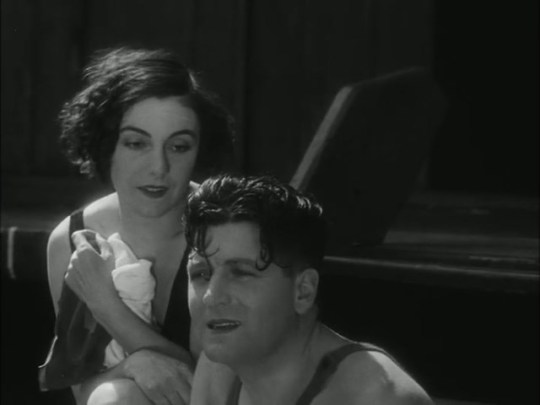
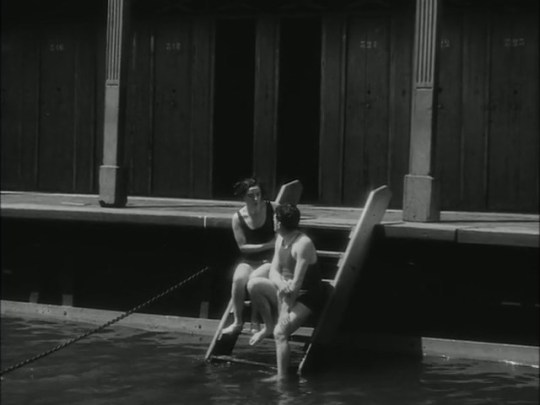
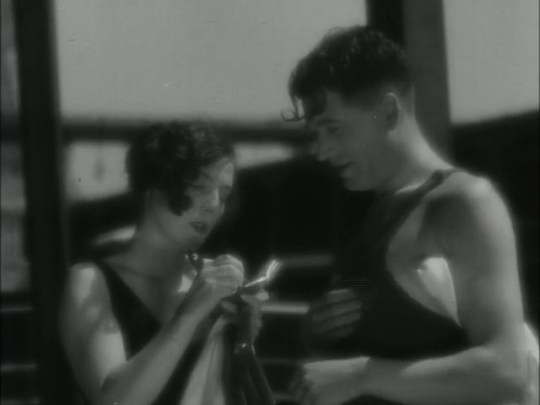
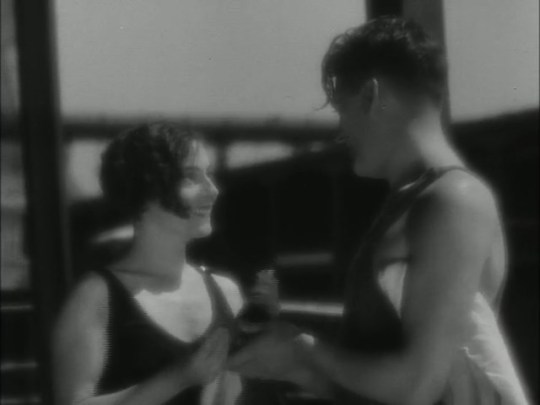
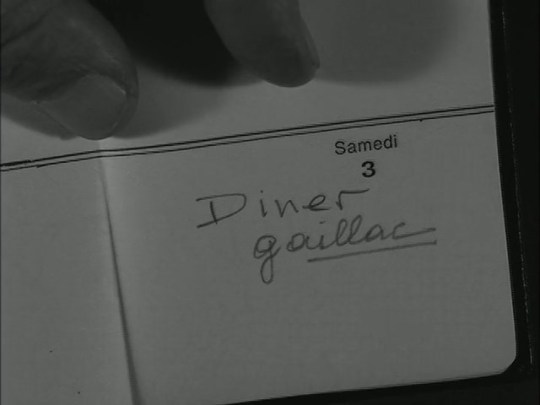
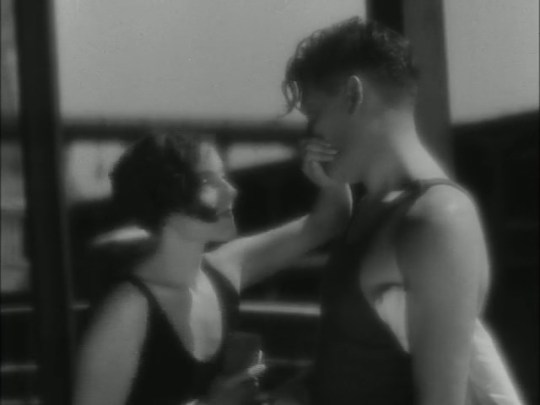
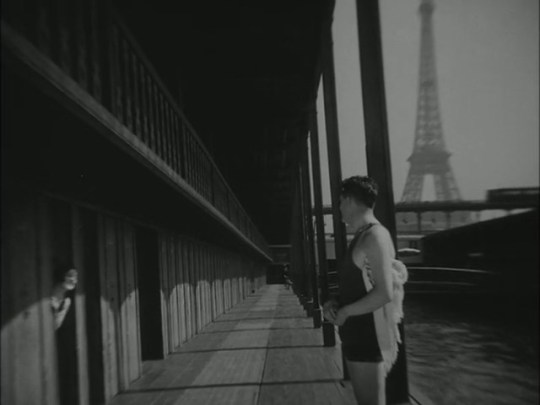
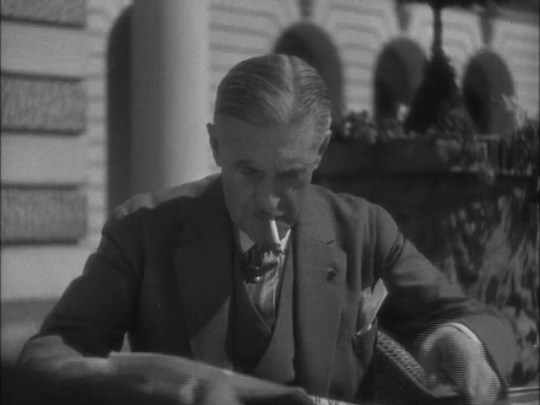
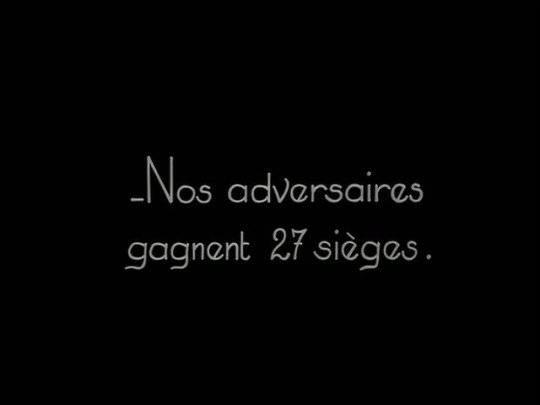
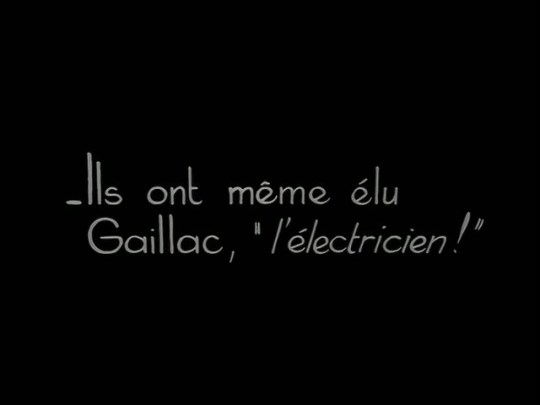
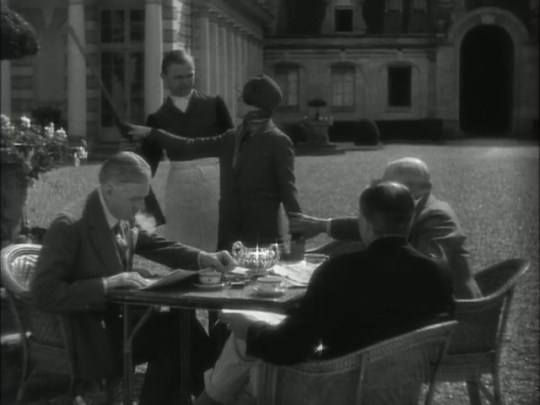
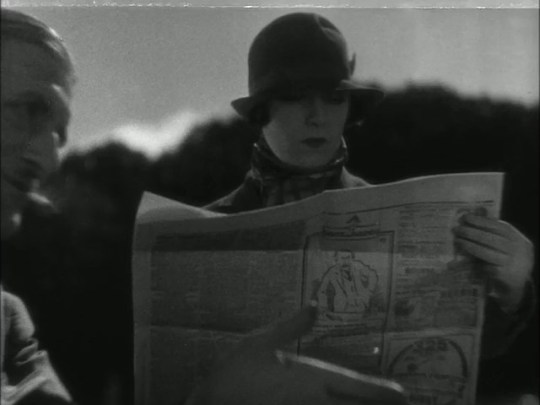
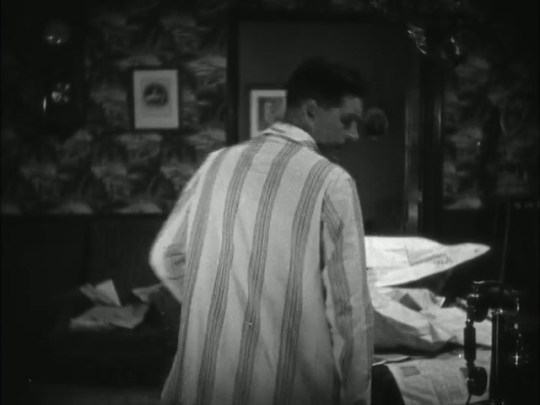
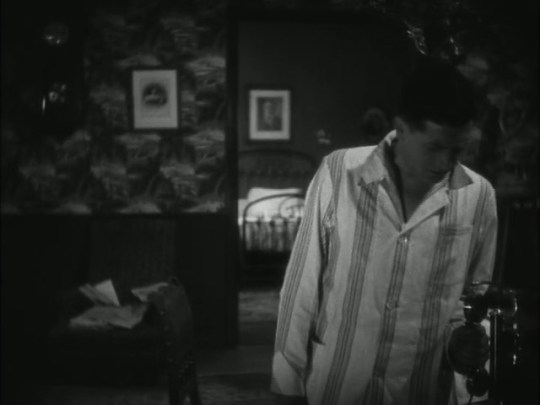
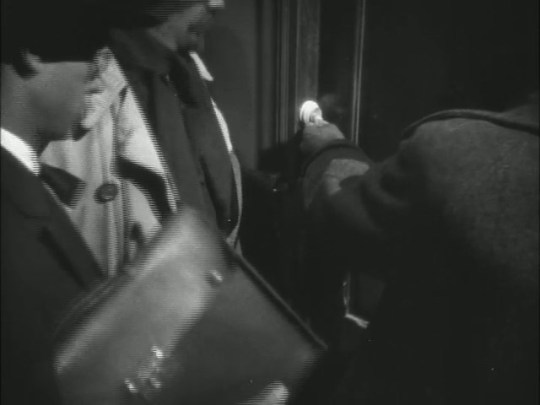
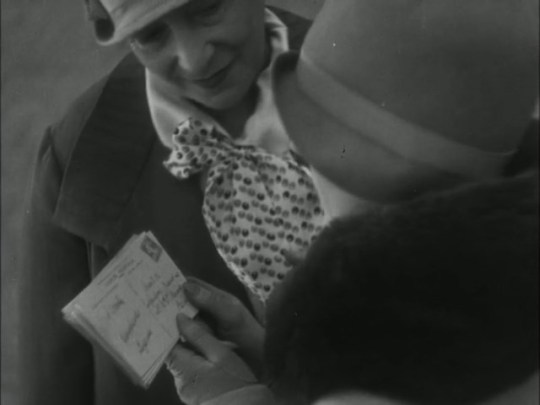
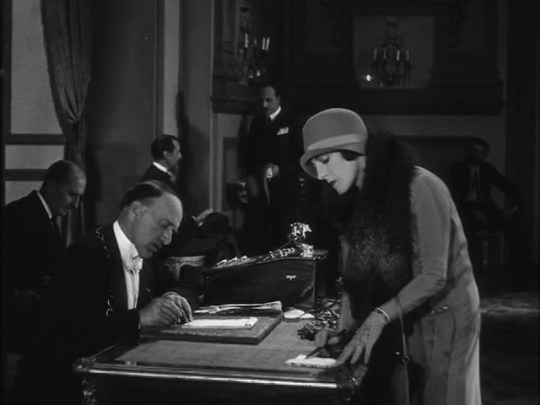
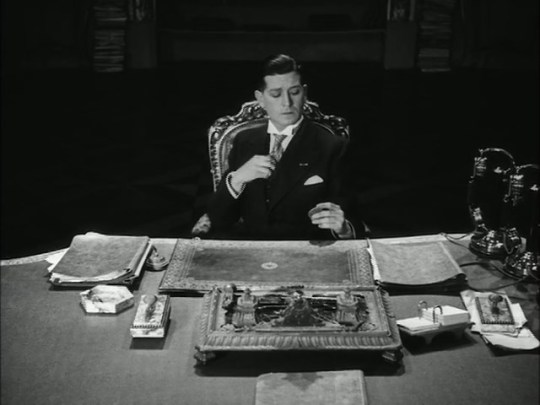
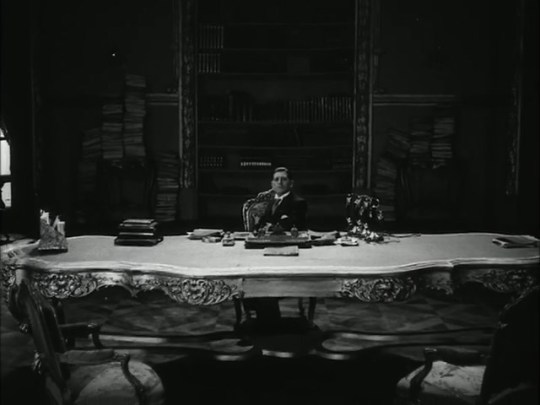
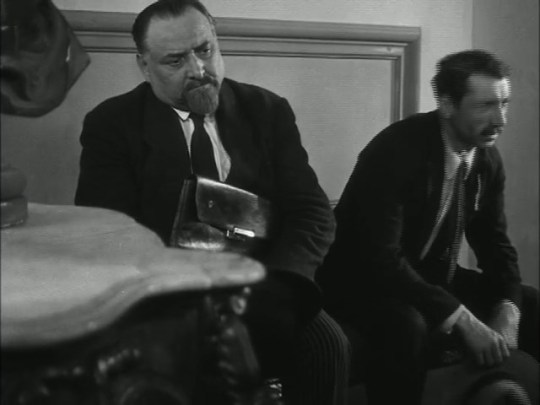
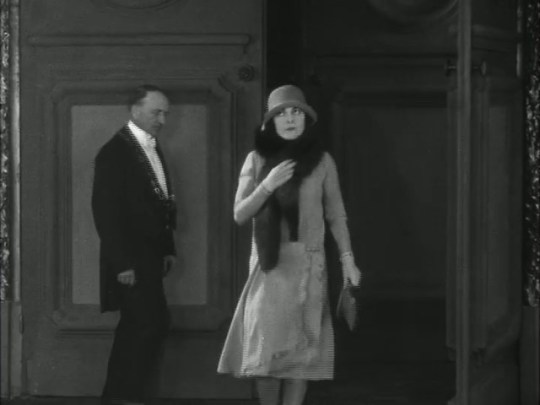
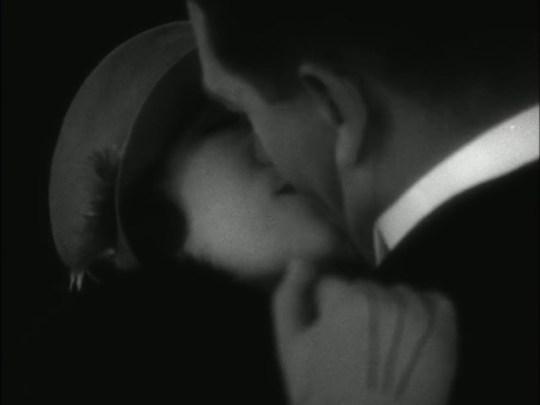
les nouveaux messieurs, jacques feyder 1928
1 note
·
View note
Text
4 luglio … ricordiamo …
4 luglio … ricordiamo … #semprevivineiricordi #nomidaricordare #personaggiimportanti #perfettamentechic
2022: Robert Hoffmann, attore austriaco con 21 film nella sua filmografia. La sua carriera tra cinema e televisione fu esercitata prevalentemente in produzioni europee. Dopo aver studiato recitazione in Francia, Hoffmann debuttò in Le avventure di Robinson Crusoe del 1964, serie televisiva che ebbe molto successo in varie nazioni. (n.1939) 2022: Mona Hammond, pseudonimo di Mavis Chin, attrice…

View On WordPress
#4 luglio#4 luglio morti#André Claveau#Anne Shirley#Betty Graffina Leabo#Blanche Pauline Fumoleau#Brenda Joyce#Dauwe Auke Anne Dick Rienstra#Davide Montemuri#Davide Montemurri#Dawn Evelyeen Paris#Dawn O&039;Day#Dick Rienstra#Eduardo Fajardo#Eduardo Martínez Fajardo#Erwin Blumenfeld#Eva Gabor#Evelyn Keyes#Floris VI#Gaby Morlay#Giorgio Faletti#Grant Richards#June Haver#June Stovenour#Lorna Thayer#Luminița Gheorghiu#Mavis Chin#Mona Hammond#Robert Hoffmann#The Eva Gabor Look
0 notes
Text


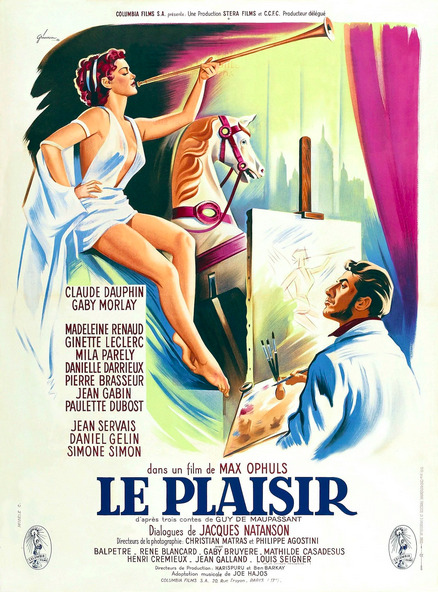
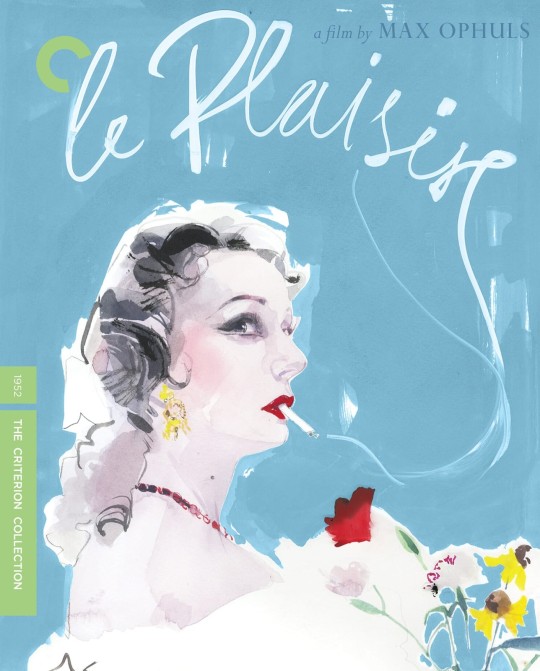
“Le Plaisir” de Max Ophüls (1952) - adapté de trois nouvelles “Le Masque”, “Le Modèle” et “La Maison Tellier” de Guy de Maupassant (1881-89) - avec Jean Gabin, Danielle Darrieux, Madeleine Renaud, Ginette Leclerc, Daniel Gélin, Simone Simon, Claude Dauphin, Jean Galland, Gaby Morlay, la participation de Pierre Brasseur et la voix-off de Jean Servais, octobre 2023.
#films#spirit#Ophuls#Maupassant#Gabin#Darrieux#Renaud#Leclerc#Gelin#Simon#Dauphin#Galland#Morlay#Brasseur#Servais
6 notes
·
View notes
Photo

Simone Simon and Daniel Gélin in Le Plaisir (Max Ophüls, 1952)
Cast: Claude Dauphin, Gaby Morlay, Madeleine Renaud, Ginette Leclerc, Mila Parély, Danielle Darrieux, Pierre Brasseur, Jean Gabin, Jean Servais, Daniel Gélin, Simone Simon, Paul Azaïs. Screenplay: Jacques Natanson, Max Ophüls, based on stories by Guy de Maupassant. Cinematography: Philippe Agostini, Christian Matras. Production design: Jean d’Aubonne. Film editing: Léonide Azar. Music: Joe Hajos.
Pleasure, as the poets never tire of telling us, is inextricable from pain. Le Plaisir is an anthology film dramatizing three stories by Guy de Maupassant that center on what has been called the pleasure-pain perplex. An elderly man nearly dances himself to death in an attempt to recapture his youth. The patrons of a brothel quarrel and even come to blows when they discover that it is closed. An artist marries his mistress to atone for his cruelty to her. Max Ophüls brings all of his elegant technique to the stories, including his characteristic restless camera, which prowls around the wonderful sets by Jean d'Eaubonne, who received a well-deserved Oscar nomination for art direction. It's also, like Ophuls's La Ronde (1950), an all-star production -- if your stars are French. Claude Dauphin plays the doctor who treats the youth-seeking dancer; Madeleine Renaud is the madame of the brothel, Danielle Darrieux is one of her "girls," and Jean Gabin plays the madame's brother, who invites her to bring the girls to the country for his daughter's first communion, hence the temporary closure of the brothel; Daniel Gélin is the artist, Simone Simon his model/mistress, and Jean Servais his friend who also narrates the final section. Of the three segments of the film, the middle one is the longest and I think the most successful, moving from the raucous opening scene in which the men of the small Normandy town discover the brothel closed into a comic train ride to the country, which is as fetchingly pastoral a setting as you could wish. The sequence climaxes with the filles de joie dissolving in tears at the first communion -- the little church in which it takes place is one of d'Eaubonne's most inspired sets -- then returning to town and a joyous welcome. Ophuls never lets us inside the brothel: We see it only as voyeurs, through the windows. Nothing of this segment is "realistic" in the least, making the melancholy first and last segments more important in establishing the film's theme and tone. The first segment does its part to set up the course of the film as a whole, beginning with a riotous opening as tout Paris flocks to the opening of a dance hall, a pleasure palace, followed by scenes of lively dancing, then the collapse of the elderly patron, who is wearing a frozen and rather creepy mask of youth, and concluding with the bleakness of his normal existence, tended by his aging wife, who is fittingly played by Gaby Morlay, once a silent film gamine. The final segment is the bleakest of all, as the film concludes with the artist pushing his wheelchair-bound wife along the seashore, penance for having provoked her suicide attempt.
12 notes
·
View notes
Video
youtube
Trailer de la pelicula Papa, Maman, la Bonne et moi
Papa, Maman, la Bonne et moi es una comedia francesa de 1954 dirigida por Jean-Paul Le Chanois. La película narra las divertidas peripecias de una familia parisina de clase media y su criada. A través de situaciones cómicas y enredos familiares, la película explora temas de convivencia y las relaciones entre empleadores y empleados en un tono ligero y humorístico.
Año: 1954
Duración: 104 min.
Director: Jean-Paul Le Chanois
País: Francia
Reparto Principal:
Robert Lamoureux ---------- Robert Langlois
Fernand Ledoux --------- Fernand Langlois
Gaby Morlay ---------- Gabrielle Langlois
Nicole Courcel ---------- Catherine Liseray
Louis de Funès ---------- Monsieur Calomel
Gaston Modot ---------- Le mendiant musicien
Fuente: https://youtu.be/ZWQyVI5vH7I?si=pFgjCQcSRlLp8yth
Sinopsis: https://www.lavanguardia.com/peliculas-series/peliculas/papa-maman-la-bonne-et-moi-81049#:~:text=La%20pel%C3%ADcula%20narra%20las%20divertidas,un%20tono%20ligero%20y%20humor%C3%ADstico.
0 notes
Photo

You know how it goes. Contempt has always followed possession. To spend your whole life with someone, you don't need lust - which is quickly extinguished - but a harmony of minds, temperaments, and humor.
Le Plaisir, Max Ophüls (1952)
#Max Ophüls#Jacques Natanson#Claude Dauphin#Gaby Morlay#Madeleine Renaud#Ginette Leclerc#Mila Parély#Danielle Darrieux#Pierre Brasseur#Jean Gabin#Jean Servais#Daniel Gélin#Simone Simon#Philippe Agostini#Christian Matras#Joe Hajos#Léonide Azar#1952
25 notes
·
View notes
Photo


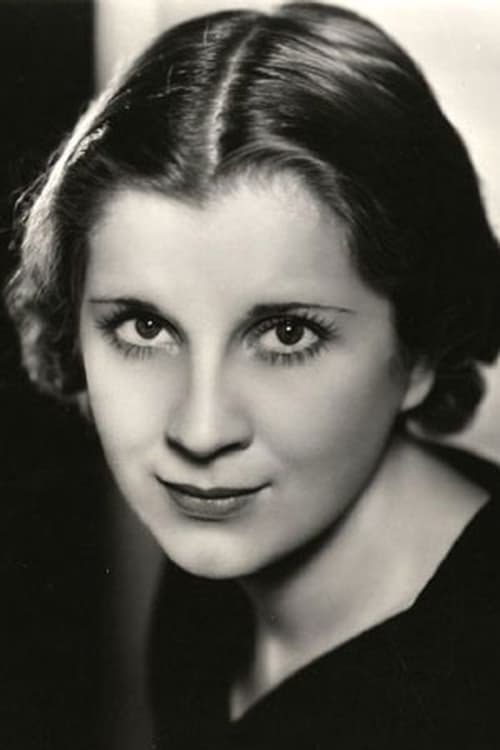


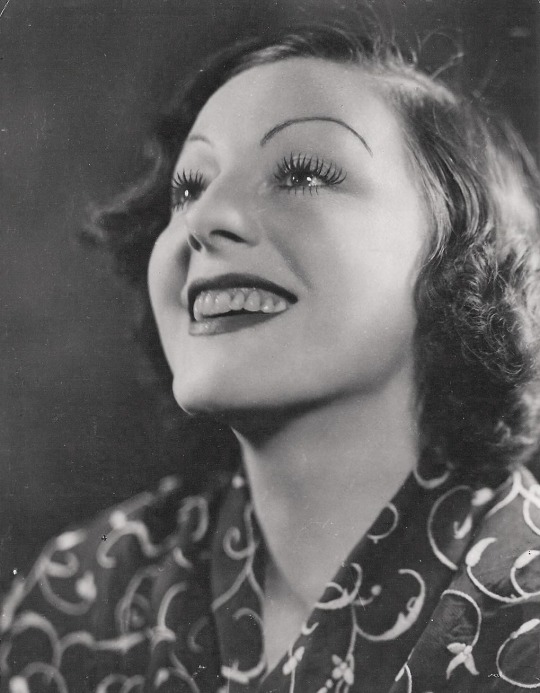

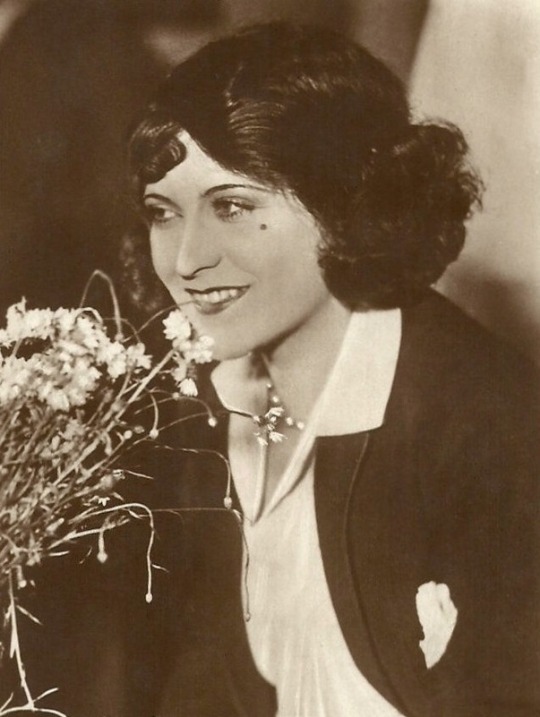


ACTRESSES WHO DIED 1964
Renee Godfrey at 44 from cancer
Mona Barrie at 54 from unknown events
Diana Wynyard at 58 from kidney disease
Gracie Allen at 69 from heart attack
Helena Makowska at 71 from unknown events
Gaby Morlay at 71 from unknown events
Naomi Childers at 71 from unknown events
Lissy Arna at 63 from cancer
Kate Manx at 34 from barbiturate overdose
Gertrude Michael at 52 from liver disease
#renee godfrey#mona barrie#diana wynyard#gracie allen#helena makowska#gaby morlay#naomi childers#lissy arna#kate manx#gertrude michael#thedabara
12 notes
·
View notes
Text
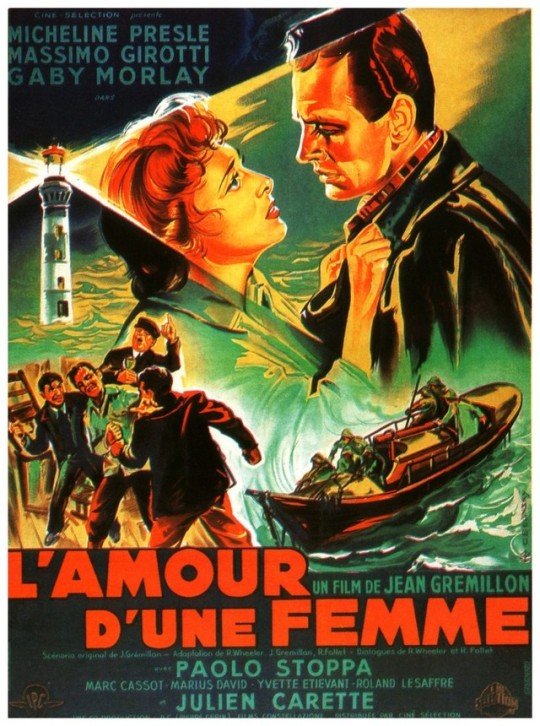

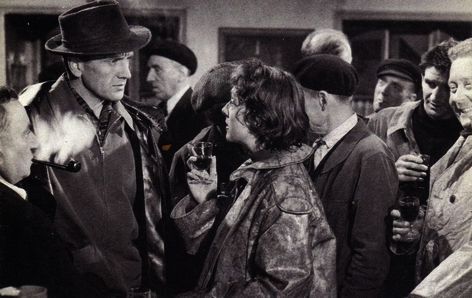
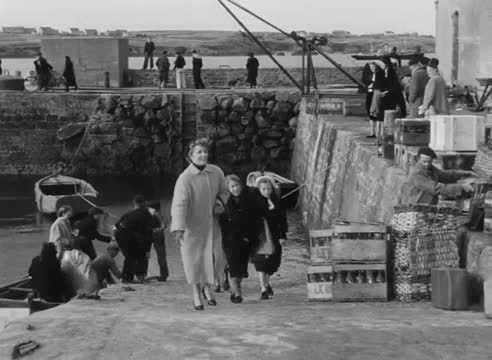

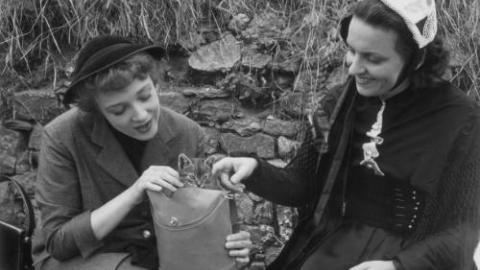
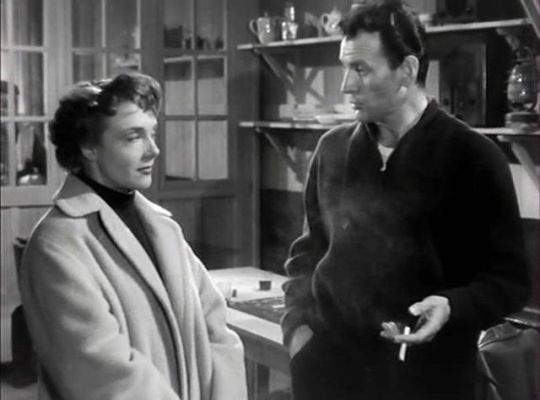

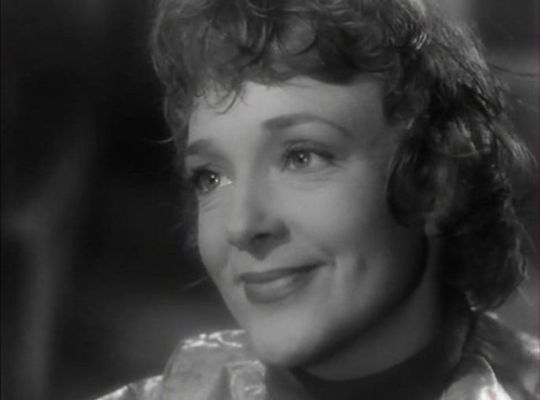

L'amour d'une femme (The Love Of A Woman, 1953)
"Do you remember that first night, in the jeep? We spoke about our jobs and we understood one another perfectly. You even told me that I was lucky to be a doctor. What's changed?"
"I'm thinking of us now."
"Think of me, too."
"That's what I'm doing. Didn't you hear what I just said? The two of us."
"Yes, I heard. But the two of us means you."
#l'amour d'une femme#the love of a woman#french cinema#1953#films i done watched#melodrama#jean grémillon#micheline presle#massimo girotti#gaby morlay#paolo stoppa#marc cassot#marius david#yvette etiévant#roland lesaffre#robert naly#madeleine geoffroy#made siamé#henri marchand#robert mercier#my first exposure to the films of jean grémillon is the directors last work. it's a bittersweet sad beautiful film about love#not just the love between presle and girotti but also the love presle has for her work and the love of a townspeople for one another#its an intimate portrait of a small moment in a normal place with normal people and their wants and needs and fears. and its beautiful#but so wistful and so sad. presle is fantastic as the small town doctor who faces the old fashioned prejudices of a rural community#that don't expect women to be anything but teachers or mothers. she's wonderful alternating between a sort of frail vulnerability#and an inner steel and unshakeable faith in her own ability. the love story is sad and sweet but grémillon mixes in some thoughtful#meditations on the nature of faith and the place of religion in a (not overly) modern society. gaby morlay is heartbreaking as her teacher#friend and confidante. all the cast are good but presle owns this. the final scenes are hardly anything new or unexpected but i still found#myself wailing at the screen wanting something anything to go differently. sigh.
6 notes
·
View notes
Photo
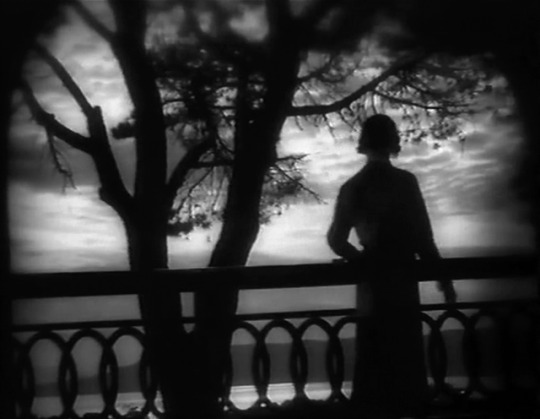
Gaby Morlay Après l'amour, Léonce Perret (1931).
20 notes
·
View notes
Photo
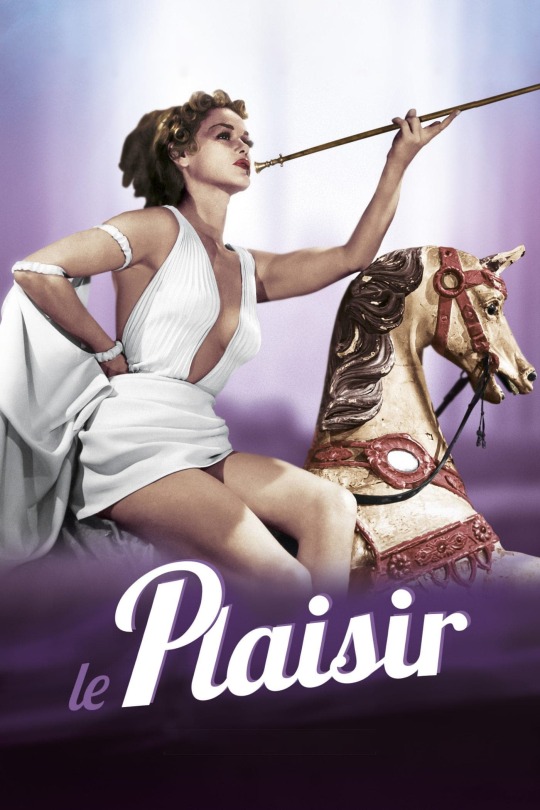
Le Plaisir (1952)
0 notes
Text
CES MESSIEURS DE LA SANTÉ - LAC AUX DAMES - LE BONHEUR
CES MESSIEURS DE LA SANTÉ – LAC AUX DAMES – LE BONHEUR
Parce que la mémoire collective est vite saturée, elle ne peut retenir, d’une époque ou d’un style, que cinq ou six noms. C’est un phénomène profondément injuste, puisqu’il privilégie les signatures que le souvenir a retenu dans sa passoire, mais il répond à un penchant naturel de l’esprit. Le but de cette série de publications sur les films français des années 1930 est justement de faire échec à…

View On WordPress
#charles boyer#gaby morlay#jean pierre aumont#marc allégret#marcel l&039;herbier#michel simon#pierre colombier#raimu#simone simon
0 notes
Photo
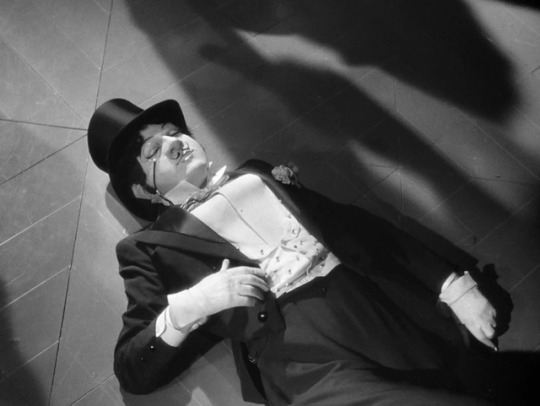


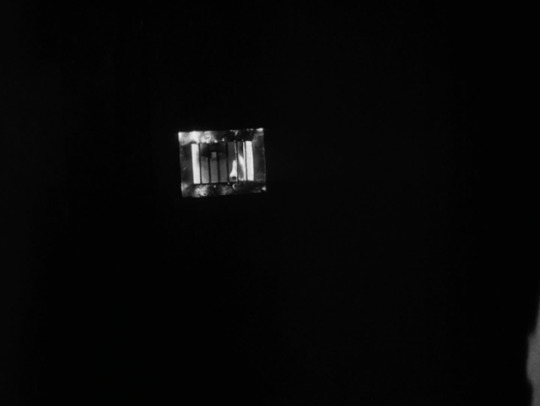




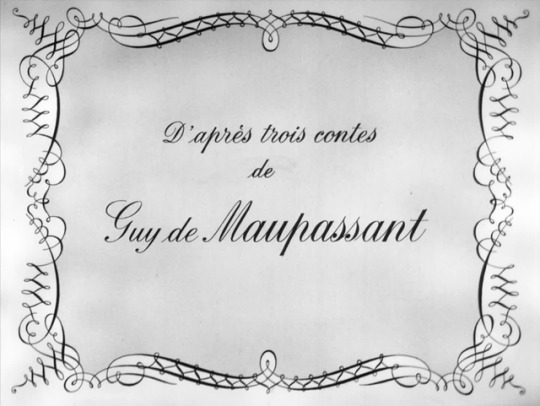
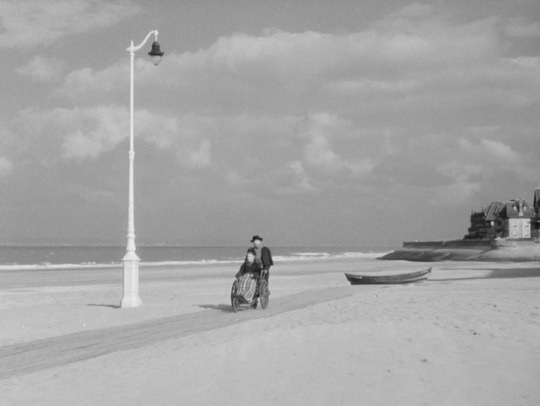
Le Plaisir | Max Ophüls | 1952
#Max Ophüls#Le Plaisir#1952#Jean Galland#Gaby Morlay#Claude Dauphin#Madeleine Renaud#Simone Simon#Daniel Gélin#Guy de Maupassant
69 notes
·
View notes
Text
4 luglio … ricordiamo …
4 luglio … ricordiamo … #semprevivineiricordi #nomidaricordare #personaggiimportanti #perfettamentechic
2021: Dick Rienstra, Dauwe Auke Anne Dick Rienstra, attore e cantante olandese. Sotto lo pseudonimo di “Floris VI” incise nel 1966 un singolo. Nel 1970 formò con Martin Käfig il duo De Jantjes. Apparve in televisione in varie produzioni. Ha avuto dei ruoli nei film A bridge too far, Soldaat van Orange, Flodder in Amerika, Sinterklaas en het Uur van de Waarheid e Senza nome e senza regole. Dick…

View On WordPress
#4 luglio#4 luglio morti#André Claveau#Anne Shirley#Betty Graffina Leabo#Blanche Pauline Fumoleau#Brenda Joyce#Dauwe Auke Anne Dick Rienstra#Davide Montemuri#Davide Montemurri#Dawn Evelyeen Paris#Dawn O&039;Day#Dick Rienstra#Eduardo Fajardo#Eduardo Martínez Fajardo#Erwin Blumenfeld#Eva Gabor#Evelyn Keyes#Floris VI#Gaby Morlay#Giorgio Faletti#Grant Richards#June Haver#June Stovenour#Lorna Thayer#Luminița Gheorghiu#The Eva Gabor Look#The Eva Gabor Wigs#Tyler McVey#Valerio Ruggeri
0 notes
Photo

Le Plaisir / Le cœur n’a pas besoin de bretelles, comme le fait remarquer une éloquente prostituée.
#Cinéma#Le plaisir#max ophüls#Claude Dauphin#Gaby Morlay#Jean Galland#Madeleine Renaud#Danielle Darrieux#Jean Gabin#Jean Servais#Daniel Gélin#Simone Simon#1952#Christian Matras#Philippe Agostini
1 note
·
View note
Text

Frank Villard and Danièle Delorme in Gigi (Jacqueline Audry, 1949)
Cast: Danièle Delorme, Yvonne de Bray, Gaby Morlay, Jean Tissier, Frank Villard, Paul Demange, Madeleine Rousset, Pierre Juvenet, Michel Flamme, Colette Georges, Yolande Laffon, Hélène Pépée. Screenplay: Pierre Laroche, based on a novel by Colette. Cinematography: Gérard Perrin. Set decoration: Raymond Druart. Film editing: Nathalie Petit-Roux. Music: Marcel Landowski.
The print I saw of Jacqueline Audry’s Gigi was not very good, the images having shifted into high contrast with little variation in the grays, so that the subtitles were often an unreadable white on white. But anyone familiar with either the Colette novella or the 1958 Lerner and Loewe musical version directed by Vincente Minnelli would have little trouble following the story. It’s a movie that retains much of the charm and a little of the bite of the original, and Danièle Delorme is a fetching Gigi, the girl raised to be a grande horizontale who wins the heart and hand of the wealthy Gaston Lachaille (Frank Villard). Delorme and Villard don’t erase memories of Leslie Caron and Louis Jourdan in the musical, but they have their own contributions to make, especially Villard, who is particularly strong in the scenes in which Gaston comes to realize the true nature of his feelings for Gigi. You sense his rising queasiness when she accepts his proposal to become his mistress, especially in the scene in the private room at the restaurant where they are about to consummate their relationship. When she naively asks why the couches in the room have slipcovers and when she chooses his cigar by rolling it between her fingers as she has been taught, the full obscenity of the situation becomes apparent to him. It has been apparent to us from the moment at the beginning of the film when we meet his uncle, Honoré, whom Jean Tissier plays as far more a dirty old man than the elegant Maurice Chevalier did in the musical. Which is not to say that the movie’s moral stance is heavy-handed: Director Audry has a very light touch, the product of a close collaboration with Colette. There are some wonderful period touches throughout the film, including Gaston’s automobile, Aunt Alicia’s (Gaby Morlay) telephone, and the bathing machine that is pulled by a mule into the waves at Deauville. The movie also reminded me that Gigi is a nickname for Gilberte, which is also the name of Swann’s daughter and the narrator’s first infatuation in Proust's À la recherche du temps perdu. There’s also a scene in which Gigi plays hide-and-seek with other schoolgirls in the park, that echoes for me Albertine and her little band of girls in À l'ombre des jeunes filles en fleurs. Proust was only two years older than Colette, and the Recherche and Gigi very much share the same milieu.
0 notes